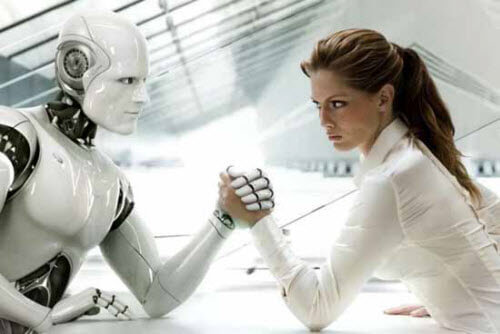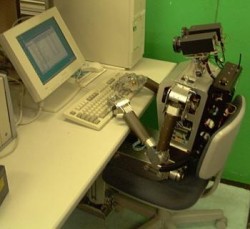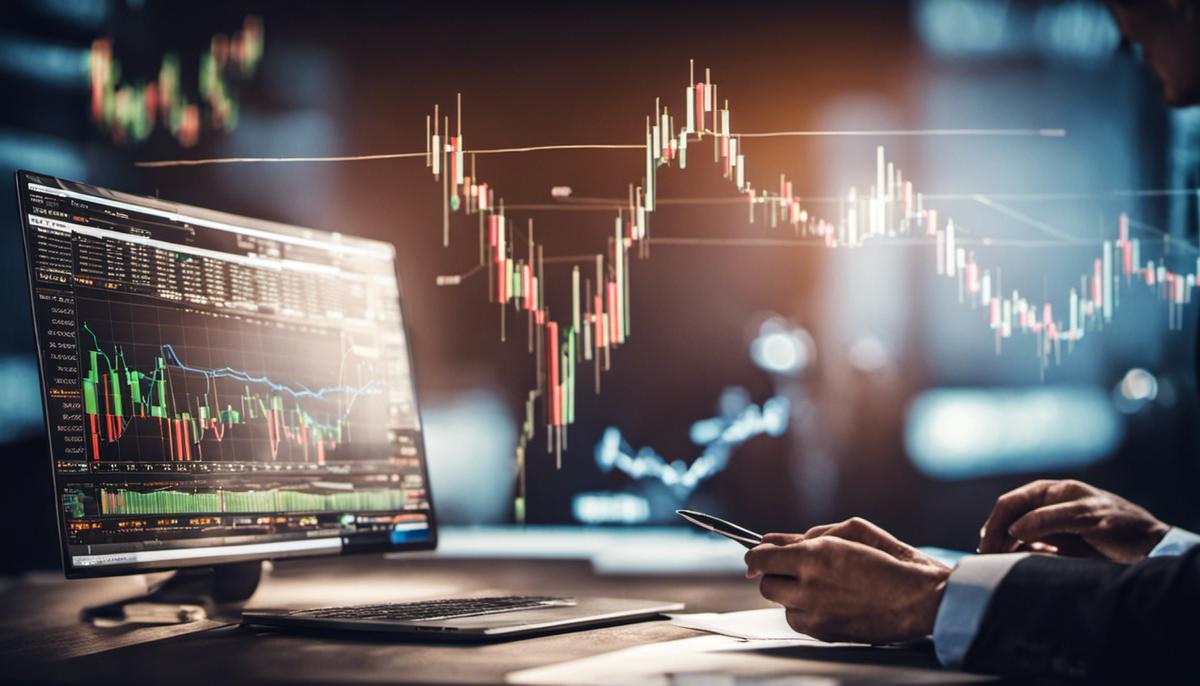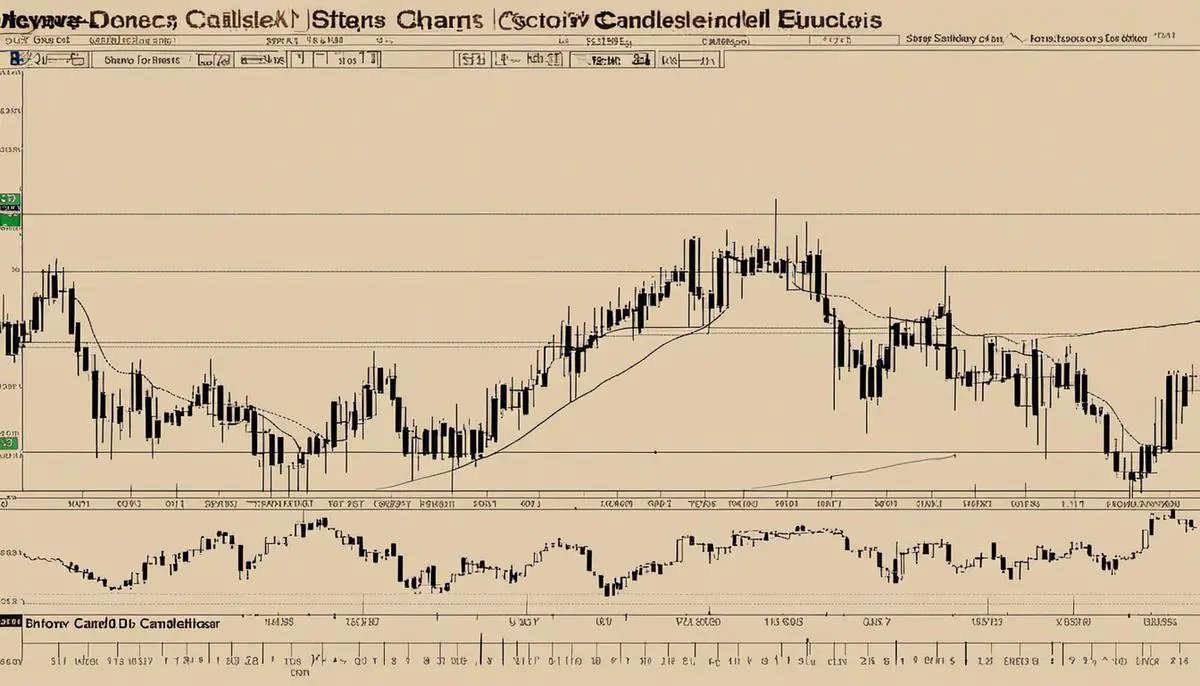Boris Schlossberg published an interesting article this weekend in his weekly column, “Thoughts on Trading.” Boris, in case you aren’t familiar with him, is one-half of the BK Asset Management trading team, founders of BK Forex.
He appears regularly on CNBC, as does his partner, Kathy Lien, author and commentator, frequently quoted by all of the major financial resources.
In this article, he posited the idea that pure algorithmic trading is dead, as is pure discretionary trading.
The reason he gave for the death of algo trading is the fact that these trading methodologies, also known as High Frequency Trading, or HFT, are no longer as profitable as they once were, now that many firms are using the same or similar systems.
They amount to a bunch of super-fast computers, all attempting to gain a tiny edge by trading a millisecond faster than everyone else. Now that so many companies are doing it, they are battling each other and wiping out the profits that once existed.
He suggested that the best methodology for most traders is a combination of the two, using something that he calls “grey boxes.” These are software systems that function as decision support tools, rather than decision-makers, and they analyze the market objectively to provide quantitative insight for discretionary trading.

Boris compares the grey box software to card counting in a blackjack game. It can’t provide the right decision every time, but it sure evens up the odds in the player’s favor. It helps to put the probabilities back on the trader’s side, providing the trader with a slight edge of the market.
The casinos in Vegas know this concept well. A tiny edge, over millions of transactions, adds up to enormous profits. That’s all the casinos need, a tiny edge, and they stay in business.
For a trader, if the probabilities are on your side, the fact is that over the long-term you are going to be a winner. Over the long-term, you have a better chance of winning if you have a dependable edge over the market.
Of course, this doesn’t mean you won’t suffer losses, or even a nasty string of consecutive trading losses. Those are the breaks. Anyone who says that he has a 100% sure-fire system, with no losses ever, is a liar.

Computer-assisted trading systems can help you sort through unbelievable amounts of data quickly, and they can parse out just the information that you want to see – the information that you have deemed important to how you trade.
Do you want to see moving averages, trend lines, trading volumes, or any other criteria? These programs can analyze and summarize the information into one easy-to-digest chunk, a line, a bar chart, or a point on a graph.
Your immensely-powerful human brain can then take that information and distill it down to a single action – buy or sell.
Another advantage of computer-assisted trading is that a person can only focus and become familiar with the nuances of a limited number of trading vehicles at a time. A Forex trader should theoretically focus on a select few pairs, and really get to know how they trade.
With the use of a computer-assisted trading system, a trader can analyze many more pairs, getting the computer to do the work of data mining for the patterns that the trader likes.
The ability to trade multiple pairs, rather just one or two, brings with it fewer chances of making a career-ending mistake than if a trader was only concentrating on two pairs.
Boris still advocates the use of discretionary trading, in order for the trader to utilize his own knowledge and experience, to detect patterns and behaviors that the computer cannot.
While the computer is designed and programmed to adhere to a strict set of criteria, the human brain can view the same scene and discover new behaviors, new patterns, new ideas, etc. that the computer cannot because of its limitations.
The combination of computer-assisted trading and a good old-fashioned trained eye can become the most powerful trading system ever designed. Using the best traits of each, a trader can significantly tilt the odds in his favor, and over the long run, make sure that he is nearly guaranteed to come out ahead.
[adrotate group=”1″]



